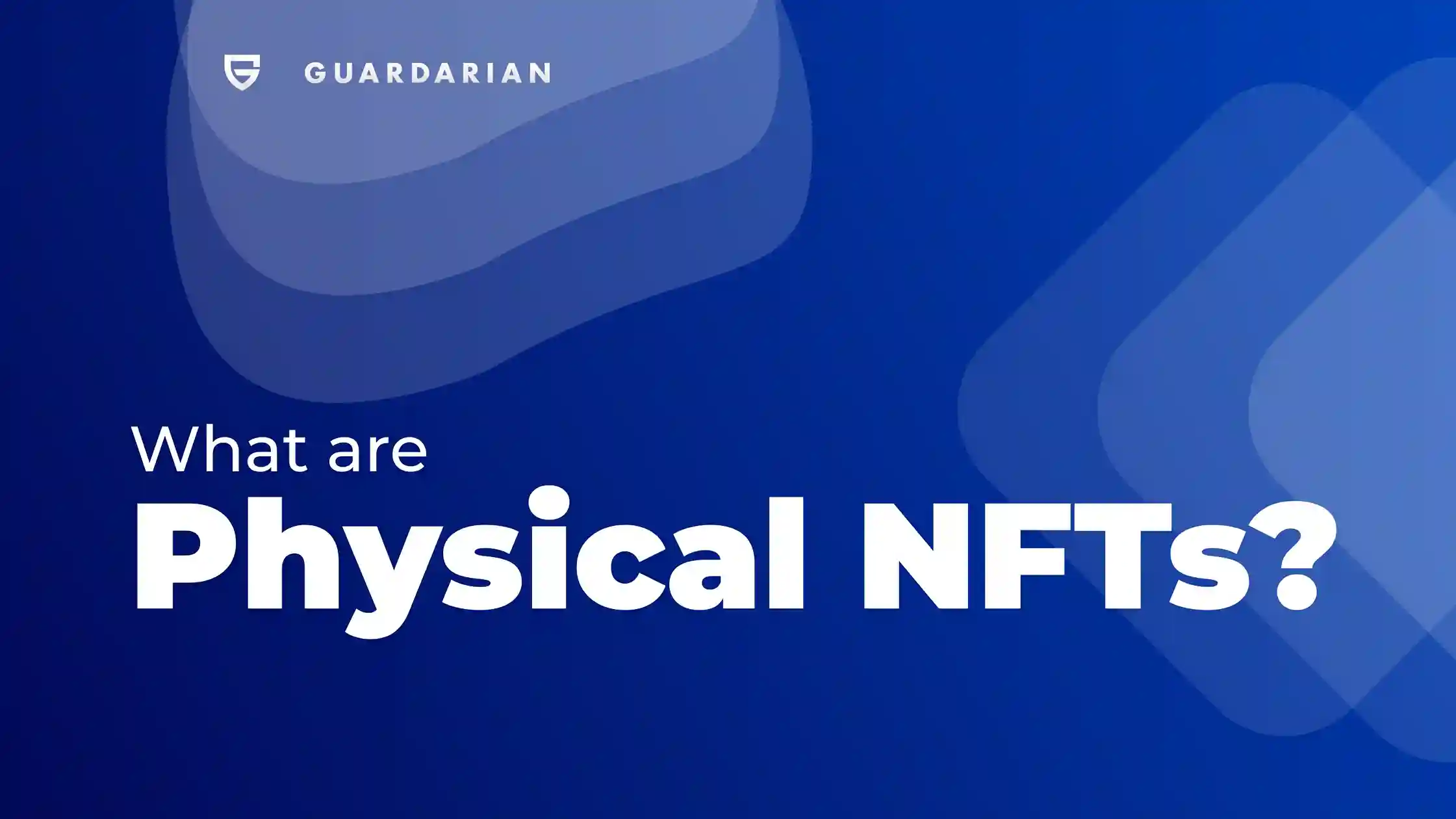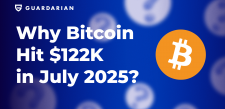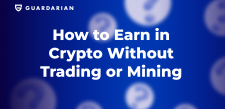Non-fungible tokens (NFTs) have exploded in popularity over the last few years, adding value to many traditional businesses such as the arts, gaming, real estate, sports, and even ticketing industries. This interest in NFTs continues to accelerate every year. 📈
With their massive sales volumes and hype in 2021 and 2022, NFTs have officially hit the mainstream and continue to disrupt new industries. And while we are used to think of NFTs as of purely digital assets, we are now seeing this technology make its way into the physical realm.

“The Empresses” – a physical NFT artwork by Damien Hirst
Besides investors and collectors of digital art, big brands like Nike, Gucci, Adidas, and Louis Vuitton, have started investing in physical NFTs in order to draw in new consumers and enhance the overall shopping experience.
This article will explain everything you need to know about physical NFTs & and how they work. It’ll further discuss how you can use physical NFTs to improve in-person experiences as well as how you can make your own physical NFT.
So, let’s get right into it! 👇
What are Physical NFTs?
Non-fungible tokens (NFTs) are essentially a type of digital assets that are unique, traceable and not interchangeable. They are stored on a blockchain and rely on smart contracts to facilitate the transfer of ownership and verify their authenticity.

Adidas’ physical NFT drop included access to exclusive merchandise. Source: Adidas
Unlike virtual NFTs, physical NFTs represent ownership of physical assets. These hybrid digital/physical assets, also known as phygital NFTs, may be used to authenticate the ownership of tangible items like artworks, apparel, real estate documents, tickets and much more.
How do Physical NFTs Work?
Physical NFTs have two aspects. One component is a digital asset on a blockchain using smart contracts. The second component is the tangible object itself, which often has its unique identity in the form of a quick response (QR) code or a near-field communication (NFC) tag. For instance, Nike’s newly released CryptoKicks includes a pair of physical Nike shoes and virtual shoes as linked NFTs.
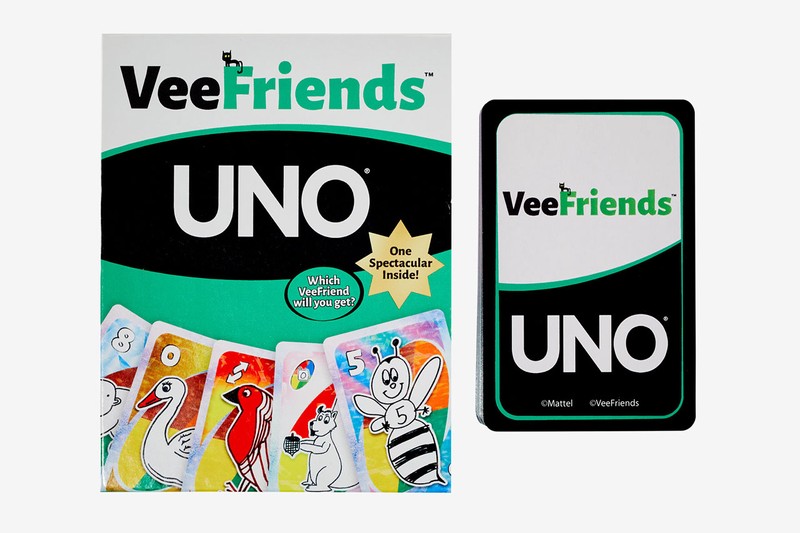
VeeFriends – a phygital collab between Mattel & Gary Vaynerchuck
Physical NFTs have many benefits and use cases for online businesses and may significantly improve consumer shopping experiences. For example, one of the most common use cases for physical NFTs is authentication. Let’s take a closer look at why so many companies are getting into physical NFTs nowadays.
Physical NFT Benefits and Use Cases:
While the ability to validate provenance and authenticity is the primary benefit of creating physical NFTs, there may be other use cases, such as:
1. Identify and Prevent Sale of Counterfeit Products:
Considering that the global counterfeit business is worth over $500 billion, physical NFTs may be useful for buyers and sellers to validate and claim ownership of their valuable assets. Blockchain technology makes it impossible to alter, fabricate, or tamper with NFT data, creating a transparent and trustworthy audit trail for the record-keeping of valuable physical and digital assets.
2. Enhance Shopping and In-person Experiences:
Businesses like Starbucks are already using NFT memberships as entry codes to secure online and physical communities, enabling members to take advantage of various activities, insider data, and exclusive benefits. Similar operations are possible with physical NFTs, but the results you receive from them may entirely rely on reality.
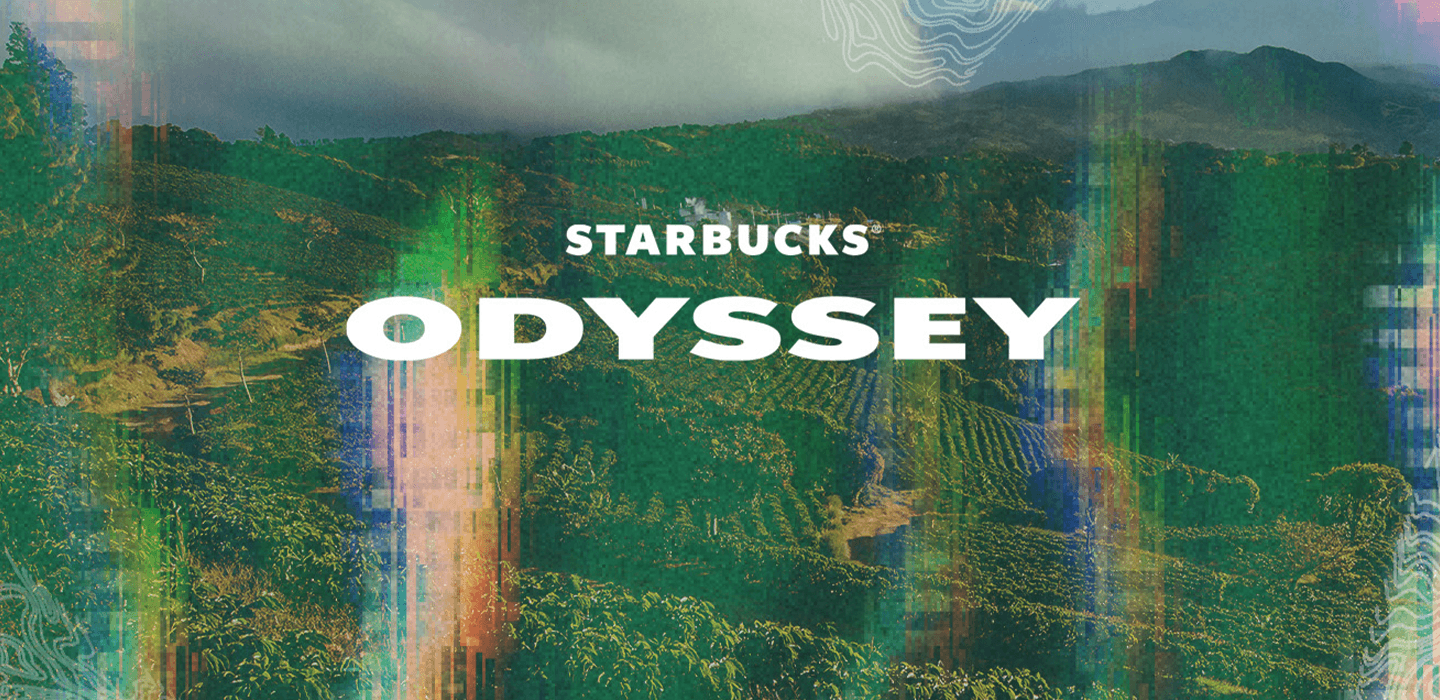
Starbucks Odyssey NFT project. Source: Starbucks
Event tickets are an excellent illustration of how physical NFTs revolutionize in-person experiences. In addition to combating counterfeiting and scalping, businesses may employ NFTs to give additional advantages to ticket holders, such as air-dropped event tickets and unique items.
3. Improve Business Transparency:
Buyers may sometimes struggle while navigating the second-hand collectibles purchase process. This is particularly true when they need a firm grasp of a preloved product’s pricing history and market worth. Attaching an NFT to these products can provide buyers with a comprehensive view of the transaction history of the item and improve business transparency.
4. Collab with Other Brands:
As NFTs become the hottest new digital trend, brands are experimenting with leveraging them to generate additional income streams, increasing brand awareness, cultivating customer loyalty, and donating to charitable causes.
Collaboration with famous NFT collections enables renowned companies to reach a broader audience and strengthen their relationships with current clients.
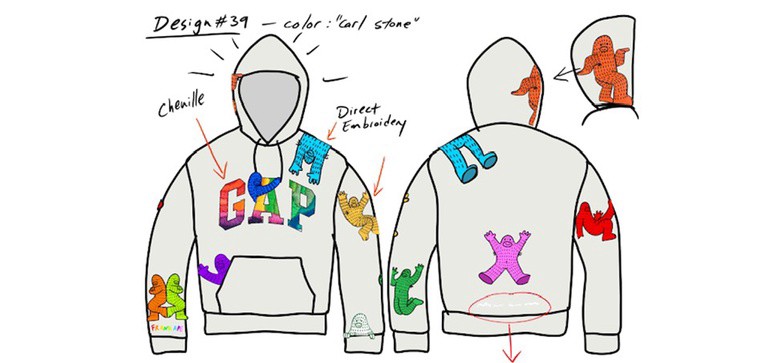
GAP’s first physical NFT venture included exclusive hoodies along with their digital counterparts
Collaborations such as Gucci x Superplastic, Givenchy x Bstroy, Adidas x Bored Ape, and GAP x Frank Ape among others are setting the trend by releasing rare collectibles and generating new pathways for wealth generation. Brands releasing popular NFT collections is a beautiful approach to demonstrate to the public that their favorite brands are up to date with the most recent fashion trends.
How do I make my own Physical NFT?
To better get understand the idea of it, let’s look at how you can turn a physical object, like a piece of art, into a physical NFT.
1. Digitizing 📷
First you would need to digitize your object. The easiest way to make a digital copy of something is to take a photo of it. Alternatively, things can be 3D-scanned – this allows for a more precise copy of an object, but is less accessible than simple photos.
2. Adding metadata 💾
You would then need to attach a description of your item to the digital copy. For instance, in case of a painting you could specify its creation date, author, size, color and so on.
3. Minting your NFT 🪙
Lastly, you would need to have your NFT “minted” by an NFT marketplace, such as Rarible or OpenSea. Minting simply means converting a digital file into a crypto asset & storing it on the blockchain. Importantly, after being stored on the blockchain, these assets cannot be modified or deleted and can always be traced through the blockchain.
The Takeaway – Future of Physical NFTs
Giving NFTs a physical anchor gives them meaning and power.
Not only can utility double the value of a non-fungible token, but it also helps businesses develop other income sources, attract a wider audience, and expand their brand.

Andy Murray’s 2013 Wimbledon win sold as a physical NFT by WENEW. Source: Input Magazine
Physical NFTs can ultimately connect our digital and physical lives by altering how people interact with real-world objects as blockchain technology, and Web3 develop. In the future, you may be able to purchase a phygital automobile that exists in your garage and digital wallet, granting you virtual access to special rights.
And if you enjoyed this article and want to stay ahead of the curve when it comes to crypto, be sure to follow our socials and check out Guardarian.com for the best crypto offers on the market.
And as always – good luck and safe investing! ✨
